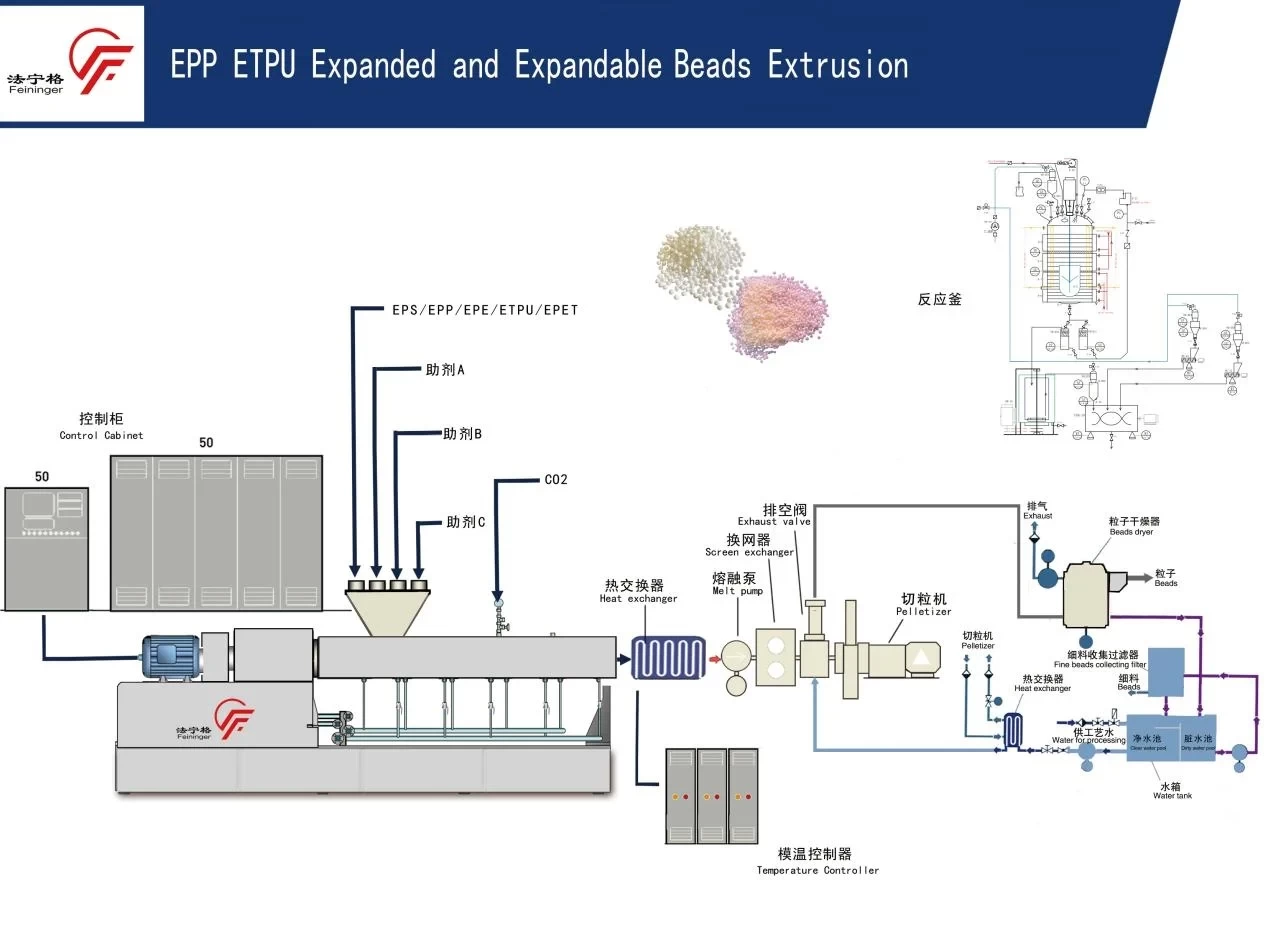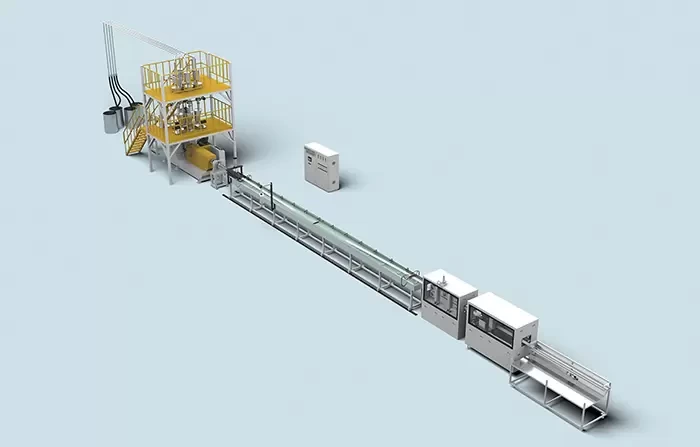In the world of materials engineering, the demand for lightweight, durable, and efficient insulation solutions has led to significant innovations. One such development is the introduction of EPS (Expanded Polystyrene) Graphite Particles, which offer distinct advantages over traditional EPS. In this article, we’ll explore the differences between these two materials, focusing on their properties, applications, and the benefits of using EPS Graphite Particles.
Understanding EPS: The Basics
EPS, or Expanded Polystyrene, is a type of rigid foam plastic created by adding a foaming agent to polystyrene resin. When heated, the resin expands, forming a closed-cell structure characterized by its low density and high insulation properties. Traditional EPS is widely used in various applications, including construction, packaging, and insulation, due to its:
- Low Water Absorption: The closed-cell structure prevents moisture absorption, making it ideal for outdoor and damp environments.
- Excellent Insulation: EPS provides effective thermal insulation, helping to regulate temperature in buildings and packaging.
- Lightweight Composition: This property makes it easy to transport and handle, reducing overall shipping costs.
While traditional EPS has proven effective for many uses, the introduction of EPS Graphite Particles takes these advantages to a new level.
What Are EPS Graphite Particles?
EPS Graphite Particles are created by incorporating graphite into the traditional EPS formulation. This enhancement leverages graphite's exceptional thermal conductivity, resulting in a material that not only retains the beneficial properties of standard EPS but also provides additional features, including:
- Improved Thermal Conductivity: The integration of graphite significantly boosts thermal management, allowing for better heat dissipation and improved energy efficiency.
- Enhanced Fire Resistance: Graphite has inherent fire-resistant properties, making EPS Graphite Particles a safer option in applications where fire safety is a concern.
- Greater Mechanical Strength: The addition of graphite enhances the mechanical strength of the material, making it suitable for more demanding applications.
Key Differences Between EPS Graphite Particles and Traditional EPS
1. Thermal Performance
One of the most notable differences is thermal performance. While traditional EPS provides excellent insulation, EPS Graphite Particles offer superior thermal conductivity. This allows for improved energy efficiency in buildings and devices, resulting in lower energy costs over time.
2. Weight and Durability
Both materials are lightweight, but EPS Graphite Particles exhibit greater durability due to the strength provided by graphite. This means that products made with EPS Graphite can withstand more stress and last longer in demanding environments.
3. Environmental Impact
EPS is already a lightweight and efficient material, but the added properties of EPS Graphite make it a more environmentally friendly choice. Enhanced thermal performance means less energy consumption for heating and cooling, contributing to a smaller carbon footprint over the life of the product.
4. Applications
While traditional EPS is widely used in packaging, insulation, and construction, EPS Graphite Particles open up new possibilities. Their enhanced properties make them suitable for advanced applications, such as:
- Building Insulation: Providing improved energy efficiency and fire safety.
- Consumer Electronics: Better thermal management in devices, prolonging their lifespan.
- Transportation: Lightweight and durable packaging solutions that protect goods without adding excessive weight.
Choosing the Right Solution: Why Farninger Stands Out
At China Farninger, we specialize in the production of both EPS Graphite Particles and EPS Beads Foam Extrusion Lines. Our experience in manufacturing graphite-enhanced EPS positions us as leaders in the industry, providing clients with effective, stable equipment operation and significant benefits.
Benefits of Partnering with Farninger:
- Expertise: Our rich experience in graphite EPS production ensures you receive high-quality materials tailored to your needs.
- Technical Support: We offer free technical training to our customers, enabling seamless operation of our equipment without the hassle of extensive debugging.
- Cost Efficiency: Our production lines are designed for optimal efficiency, reducing time and costs associated with material processing.
Conclusion
While traditional EPS has served the industry well, EPS Graphite Particles represent a significant advancement in thermal performance, durability, and environmental responsibility. Understanding these differences can help businesses make informed decisions about materials for their specific applications. With China Farninger’s commitment to quality and customer support, you can trust that you are choosing the best solutions for your needs. Whether you’re looking to enhance insulation properties or improve product durability, EPS Graphite Particles are the future of materials engineering.

 22 May 2025
22 May 2025 
 07 Jun 2024
07 Jun 2024 
 18 Jan 2024
18 Jan 2024